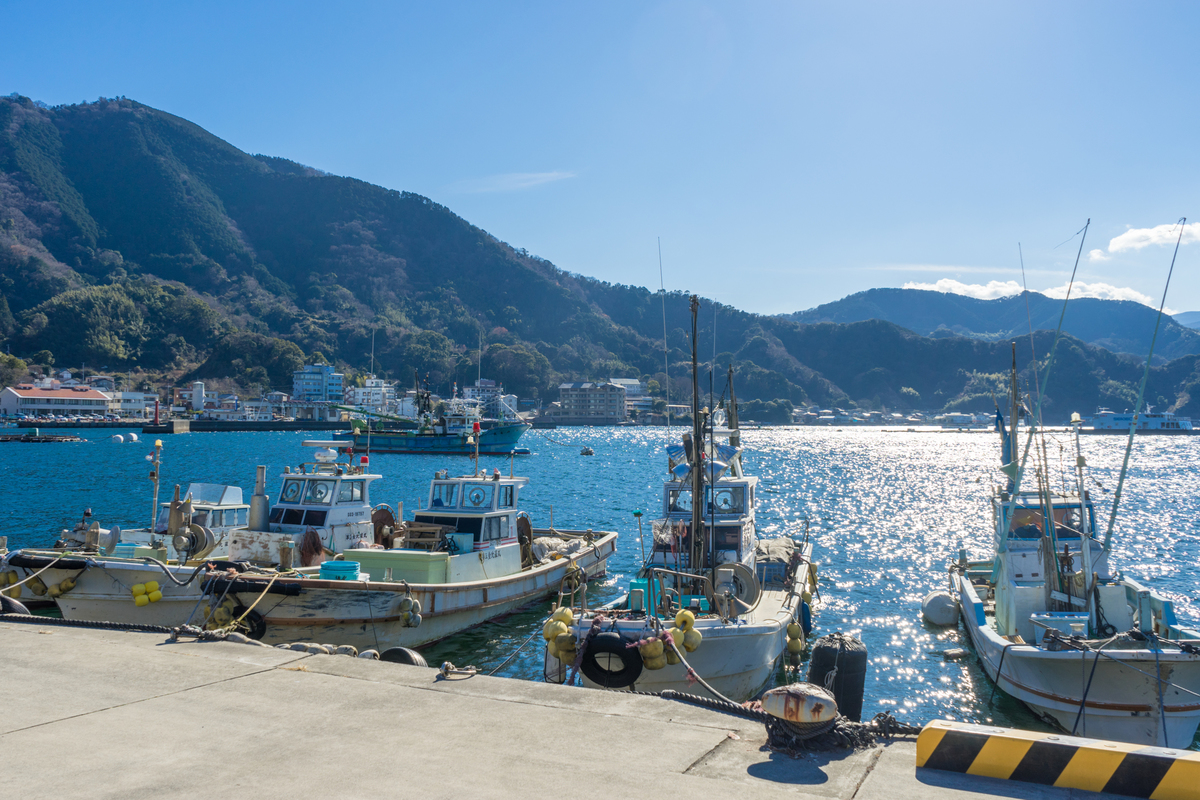- TOP
- List of Projects
- Analysis conducted for current situation of Japanese fishery industry and advanced cases overseas
Analysis conducted for current situation of Japanese fishery industry and advanced cases overseas

- Project Summary
-
The Japanese fishery industry is facing reduced production. It has also been relying on excessive imports. This is despite the expanded demand for fish globally, abundant fishery resources and with technical capabilities Japan possesses. This leads us to believe industrialization potential lies in the Japanese fishery business. We should be able to learn from advanced cases in Norway.
World’s fishery demand
World fishery demand is growing rapidly, especially in the Asian region, and it is expected to increase even in some regions in Africa. In China, the country with the world’s largest fishery demand, meat, fish and shellfish consumption is increasing due to the changes in their dietary habits. Coupled with the population growth continuing up to 2030, it is expected that this increasing demand will intensify. In Japan, although the demand for fisheries has declined after peaking in 1989, the per capita demand is still high among the world. Also, after “Japanese food” was registered as UNESCO’s Intangible Cultural Heritage, “Japanese food” has globally become popular. The number of Japanese restaurant counted 24,000 in 2006, will have increased to 89,000 in 2015. This can make fish-eating-culture more common around the world.
World’s fishery supply
Along with the expanded demand, global fishery supply continues to increase. The catch volume has remained flat due to resource protection, thanks to the progress in technologies aquaculture volume rose since the 1990s. The World Bank predicts that by 2030 62% of fish- for-food will be produced by aquaculture, and it is expected that aquaculture business will further, especially on land-based farming where you do not need to worry about the location of the farming. Contrary to such trends in the world, Japan’s fishery industry has not yet been industrialized and not been efficient in production capability resulting the reduced supply.
Current situation of Japanese fishery industry
Japan stands at world’s number six in terms of the area of territorial waters and exclusive economic zones. Northwest Pacific Ocean which is blessed with diverse fish species accounts for 27% of the world’s catch. Despite this rich fishery resources, the self-sufficiency ratio of fishes and shellfishes has declined to 59% in 2015, whereas its import is exceeding 13.6 billion dollars.
Possible causes are : many fishing businesses is run in a small scale and its fishery vessels are aging, declining number of fisherman and the aging challenge, sharp rise in fish feed for aquaculture, stagnation of aquaculture industry and decline in natural resource because fishing district is not organized.
Case study in Norwegian advanced fishery
Norwegian fjord, the mixture of the warm Mexican gulf stream and snowmelt water, is suitable for growing salmon and Norway boasts an advanced fishing industry. Although the number of fish species is small, the export value of the fishery industry has grown to about 1.4 trillion yen. Success factors of “industrialization” in Norway’s fishery industry are: 1) securing catch, 2) improving aquaculture industry efficiency, and 3) effective sales.
1)Securing catch
They have introduced the method called IQ method. Based on the collected data and agreement with neighboring countries, catch volume is allocated. Then fishermen selectively catch full grown fish only and sell at valuable price. This helps to protect fry and also improve productivity.
2)Improving aquaculture industry efficiency
They achieved improved efficiency by farming monitoring system with cutting edge technologies, self-production of fish feed and feeding optimization by using sensors. Marine Harvest, Norwegian fishery leading company, boasts 18% of world share and enjoys high operating margin. They have built the next generation closed loop aquaculture system and are developing the idea of complete loop method where feeding to catching is complete using the tube connected from the ground.
3)Effective sales
To ensure the effective sales, online auction is employed by Fishery Sales Association. Fishermen join the auction while they are still out in the ocean on their boats. Then they stop by the port that is close to the fishery processing company who purchased the catch. This enables the efficient distribution. This real-time auction system also allows to bring the fresh catch to the market in the short time. Also the expansion of export is realized by the marketing company driven by the county. Norwegian fishery committee which is run by the export tax, 0,75% of the fishery exports, develop detailed export strategy based on the sales database involving 54 countries.
- Digital Health
- Disease Awareness/Disease Prevention
- Advanced Medical Technology
- The 100-year Life
- SDGs/ESG
- Food Loss Reduction/Food Safety and Security
- Smart Cities
- Decarbonization/Carbon Neutrality
- Reconstruction Assistance
- Infection Control Measures
- Tourism
- Disaster Management (Prevention and Mitigation)
- Regional Revitalization